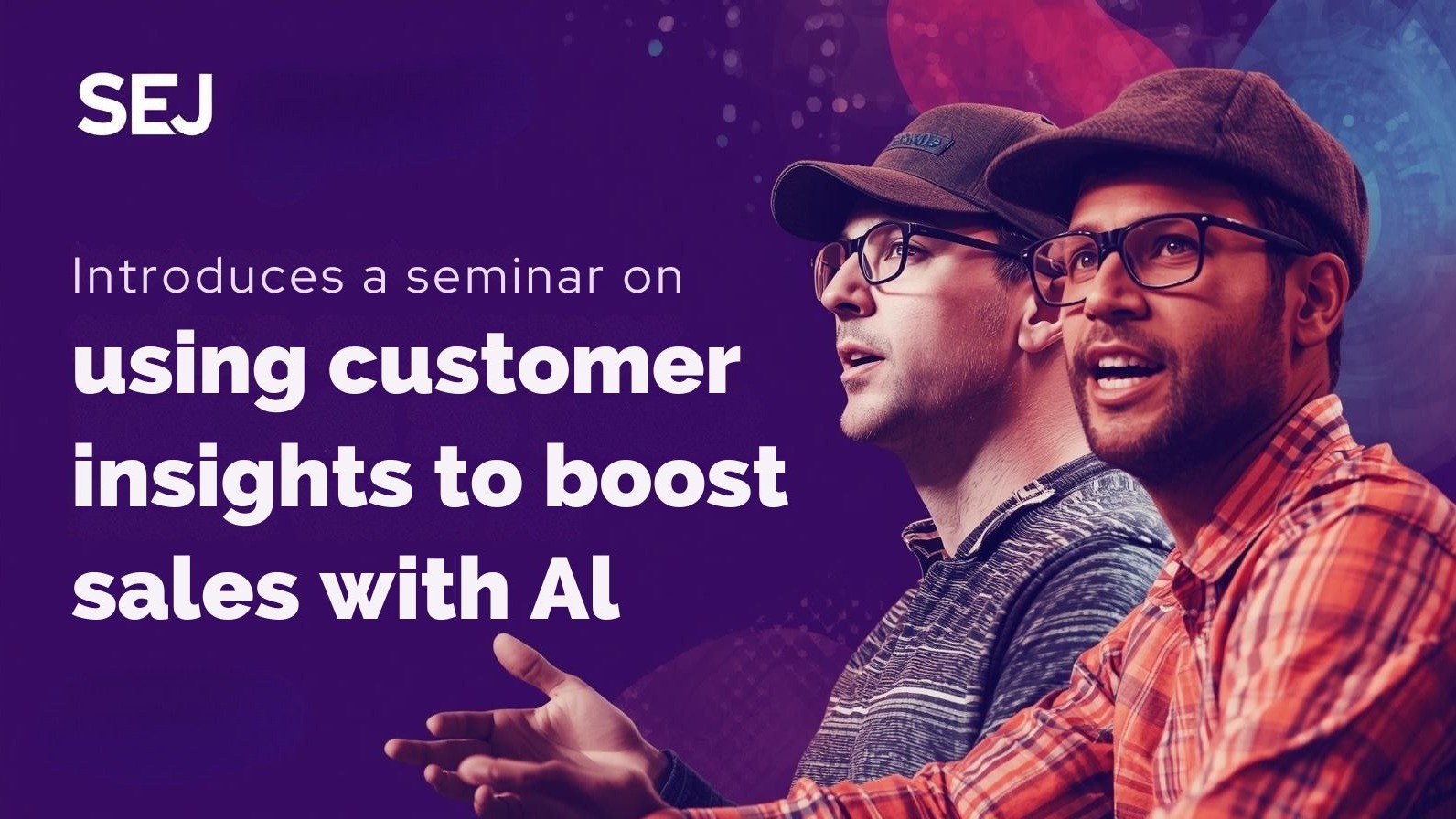
Understanding the Shift Towards AI Visibility
The digital marketing landscape is rapidly evolving, with Artificial Intelligence (AI) transforming how we engage with customers and drive visibility. As AI technologies like ChatGPT and Google AI Overviews reshape user behavior, brands must adapt their Search Engine Optimization (SEO) strategies to capitalize on this revolution. The recent webinar, "Maximize Your AI Visibility Before Your Competitors Do," suggests that businesses can no longer rely solely on traditional rankings to ensure visibility in an increasingly AI-driven world.
Key Strategies for Enhancing AI Visibility
During the webinar, experts from Conductor outlined vital strategies for improving a brand's visibility within AI answer engines. The emphasis now lies on Generative Engine Optimization (GEO), which prioritizes creating content that is easily digestible by AI algorithms. This involves focusing on comprehensive content that covers topics deeply, ensuring factual accuracy, and structuring information in a way that AI can easily understand.
As highlighted in expert tips from the GEO community, the first crucial step is to adapt to the behavioral changes of users who increasingly prefer conversational queries. For instance, users are moving away from typing fragmented keywords to asking full questions. Content that is structured to answer these questions effectively can drastically improve a brand's AI presence and citation.
How Content Structure Matters in the Age of AI
To ensure optimal AI visibility, businesses are encouraged to implement clear content structures. This includes using logical headings and subheadings (H1, H2, H3), which not only enhance readability for humans but also improve parsing for AI algorithms. More detailed segmentation, such as FAQs with accompanying direct answers, can create self-contained resources that are attractive for AI citation. Studies have shown that websites implementing these structured strategies boost their citation frequency by over 30%.
The Importance of Authentic Data
Another key takeaway from the session is the emphasis on quality and originality. Traditional SEO techniques focused on backlinks and keywords alone may no longer suffice in the AI era. Instead, brands should strive to present original research and proprietary data, positioning themselves as reliable sources that AI models are more likely to cite. The more unique and verifiable the data, the higher the probability of being recognized as a trusted entity by AI answer systems.
Future Trends: Preparing for Change
As we look towards 2025, anticipating changes within the tech landscape becomes paramount. AI-driven traffic is projected to eclipse traditional search traffic, emphasizing the need for businesses to track and adapt their visibility strategies continuously. Tools like Semrush Enterprise AIO enable businesses to monitor AI performance metrics and fine-tune their content strategies in real-time, ensuring they remain competitive.
This revolution in AI search optimization is not merely a trend; it’s a fundamental change in how brands engage consumers. By focusing on comprehensive content, clear structures, authentic data, and agile monitoring practices, brands can secure their positions in the digital marketplace.
Conclusion: Take Action
For businesses eager to seize competitive advantages, embracing these AI-driven strategies is not optional—it's essential. Act now to invest in training, tools, and resources that bolster your brand’s online presence, ensuring you maximize your visibility before your competitors do. As the landscape shifts, those who adapt will lead the charge into the future of digital marketing.
 Add Row
Add Row  Add
Add 




Write A Comment